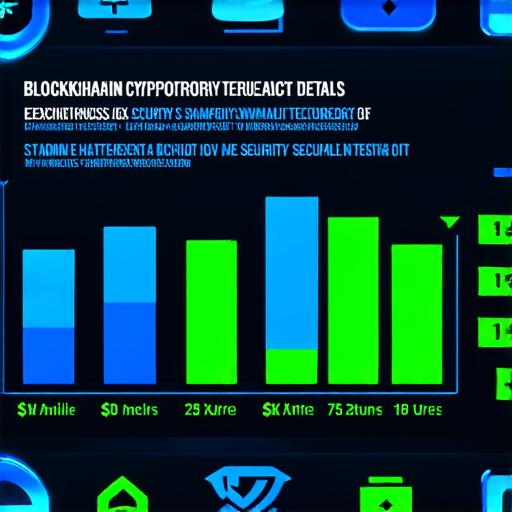Understanding Blockchain Technology
A blockchain is a decentralized, distributed ledger that records transactions in a secure and transparent manner. It consists of blocks of data that are linked together using cryptographic algorithms to form an unalterable chain. Each block contains a record of multiple transactions, along with metadata about those transactions, such as the date and time they were made.
One of the key features of a blockchain is its decentralized nature. Unlike traditional ledgers, which are managed by a central authority, a blockchain does not have a single point of failure. Instead, it is maintained by a network of computers that work together to validate transactions and add them to the blockchain.
Another important aspect of a blockchain is its immutability. Once data has been recorded on a blockchain, it cannot be altered or deleted. This makes it an ideal solution for recording important financial transactions, such as those made in cryptocurrency exchanges.
Benefits of Blockchain Technology
- Decentralization: As mentioned earlier, one of the key features of a blockchain is its decentralized nature. This means that there is no single point of failure, making it an ideal solution for applications where security is paramount. It also means that there is no need for intermediaries or third-party services to be involved in transactions, which can reduce costs and increase efficiency.
- Transparency: All data on a blockchain is publicly available and can be viewed by anyone with access to the network. This provides greater transparency and accountability, as all transactions are recorded in an open ledger that can be easily audited.
- Security: Due to its decentralized nature and immutable records, a blockchain is very secure against hacking and fraudulent activities. It is also resistant to censorship and tampering, making it an ideal solution for applications where data security is critical.
- Traceability: Blockchain technology provides a tamper-proof trail of all transactions that take place on the network. This makes it easy to track the origin of goods or services, which can be particularly useful in industries such as supply chain management and logistics.
Cryptocurrencies and Blockchain Technology
Bitcoin was the first cryptocurrency to be created using blockchain technology. It was designed to provide an alternative to traditional currencies, such as the US dollar, by allowing people to conduct transactions without intermediaries. Bitcoin uses a decentralized network of computers to validate transactions and maintain a public ledger that records all transactions made on the network.
Ethereum is another popular cryptocurrency that uses blockchain technology. It was designed to be more flexible than Bitcoin, allowing developers to create decentralized applications (dApps) using smart contracts. Ethereum’s blockchain can be used for a variety of purposes, including decentralized finance, gaming, and supply chain management.
Litecoin is a cryptocurrency that uses a modified version of the Bitcoin protocol, allowing for faster transactions and lower fees. It was created to address some of the criticisms leveled against Bitcoin, such as its slow transaction times and high energy consumption.
Case Study: Blockchain in Supply Chain Management
Blockchain technology has also found a home in supply chain management. By providing a tamper-proof trail of all transactions on the network, blockchain can help to increase transparency and traceability in the supply chain, making it easier to track the origin of goods and services.
One example of this is Walmart’s FoodTraceability System. The system uses blockchain technology to track the movement of food products through the supply chain, from farm to store shelf. This provides greater transparency and accountability, as consumers can easily trace the origin of the food they are buying and identify any potential contamination or safety issues.
Summary
In conclusion, a blockchain is a decentralized, distributed ledger that records transactions in a secure and transparent manner. Blockchain technology has found a home in cryptocurrency, as well as in other industries where data security, traceability, and transparency are critical. By providing a tamper-proof trail of all transactions on the network, blockchain can help to increase efficiency, reduce costs, and improve overall accountability. As the world continues to adopt blockchain technology, we can expect to see even more innovative applications emerge in the years to come.

